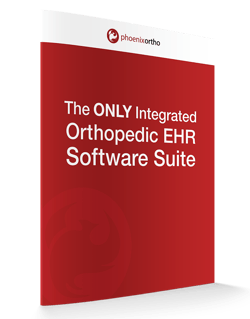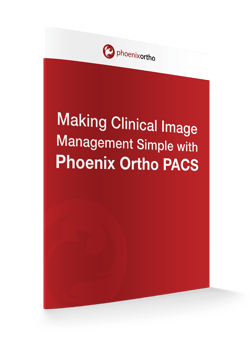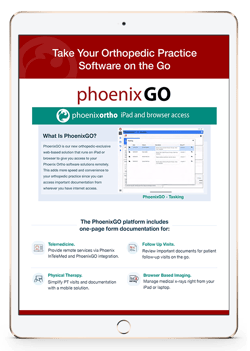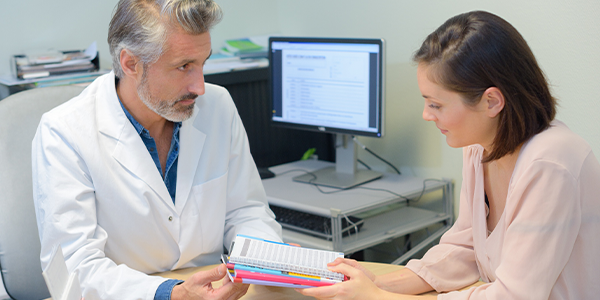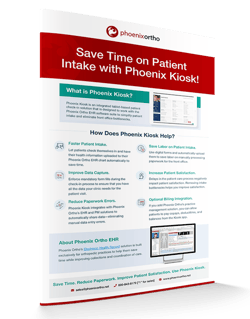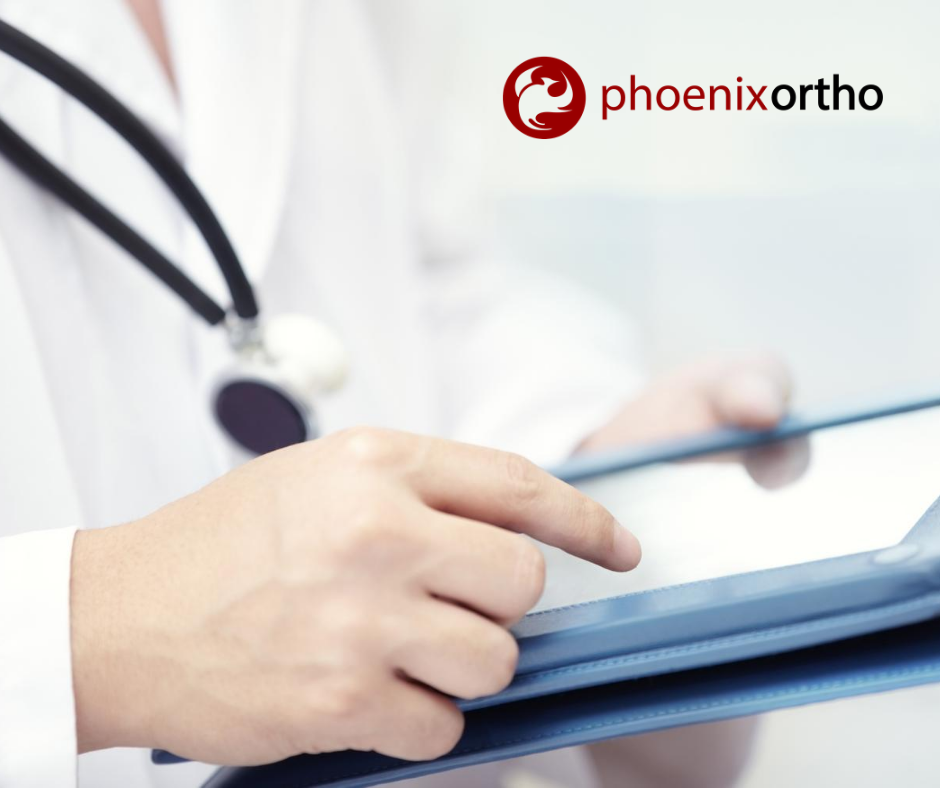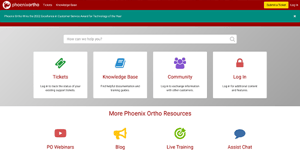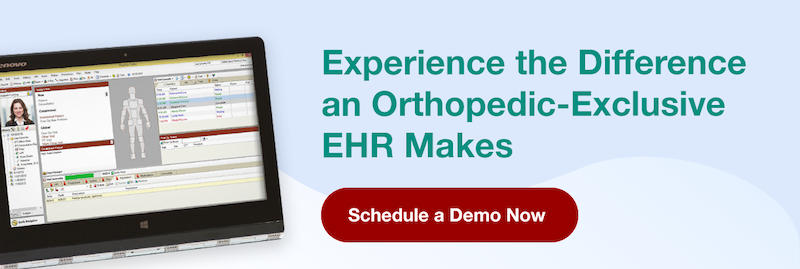For most clinics, payment collection is a critical issue. If the payment collection process takes too long or is too complex, it can easily result in missed payments—reducing the clinic’s income. Even if all other aspects of your orthopaedic practice are operating flawlessly, if your payment collection slips, then the practice as a whole may suffer.
So, improving the payment collection process to capture more payments from patients (and sooner) is important to the success of any practice. The question is, how can you increase your collection rate and shorten the delay between payment collection and the provision of care?
While many clinics opt to use payment collection services to remind delinquent payees of their debt, a better alternative may be to use point of service collections in healthcare. What is the point of service collection? More importantly, how can you enable collections at the point of care?
What is Point of Service Collection?
To put it simply, point of service collection is when your practice collects payments from a patient before they leave the clinic. This is preferable to post-visit collections because it means that the clinic can capture the payment sooner and more reliably handle any issues.
How to Capture More Payments at the Point of Care
There are many things you can do to enable patients to pay at the point of care. Some valuable tips include:
- Clearly Defining Financial Responsibility Prior to Care. Before taking the patient in for treatment, it can help to have the front desk staff clearly outline the patient’s financial responsibilities, verify his or her insurance information, and explain a bit about how your payment collection workflow works (at least, the portions the patient is responsible for). Doing this up-front can help to minimize confusion—which is beneficial even if the payment cannot be processed prior to the delivery of care and verification of all applicable billing codes.
- Empowering Front Office Staff to Accept Payments for Past Visits. The financial responsibility discussion is an excellent opportunity to remind patients about any outstanding balances from previous visits. This helps to improve the chances of otherwise forgetful patients paying their outstanding balances.
- Making Payments as Convenient as Possible. Nobody wants to sit through a complicated payment system. Plus, there may be times where a patient has one form of payment handy, but not another (e.g. they have checks, but no credit cards, or vice versa). Streamlining your payment process flowchart and accepting a broad variety of payment methods can go a long way towards improving your collection at the point of care. Adopting an online payment solution that patients can access from their smartphones or from a tablet or computer in the clinic can also help make payment collection easier.
- Adopting a System to Manage E & M Billing Codes. Evaluation and Management (E & M) codes are a necessity for any payment process flowchart. However, the need to avoid both undercoding and overcoding for a visit, plus the sheer number of variables involved, makes setting E & M codes a slow and painstaking process—at least, when done manually. Using an automated system to suggest optimal billing codes greatly speeds up the process while vastly reducing errors that lead to billing code audits. This helps to enable collection at the point of care instead of having to follow up a few hours later with an invoice for the cost of care.
Following these suggestions can help you streamline your payment process somewhat to increase collections at the point of care.
What if a Patient Cannot Pay at the Point of Care?
So, what should your orthopaedic clinic do if a patient is unable to pay at the point of care—such as if they had to be anesthetized and cannot provide consent for payment before leaving, or simply don’t have a payment method on them at the time?
Here, maintaining strong communication with patients can help. For example, if you have the patient’s email address, you could send payment reminders and invoices via email if they miss the payment due date.
If you have an online payment option via your patient portal, that can allow patients to easily provide payment—making your collections process easier for the patient. Automated reminders from such solutions can be used to encourage patients to visit their patient portal and approve payment.
Another way to increase collections is to use payment plans for patients with larger bills. Being able to break up one large bill into many smaller ones makes it easier for patients to pay what they can, when they can. It’s better to get a part of the payment owed rather than nothing, after all.
Setting up follow-up visits can also help to improve collections, as it gives your front office staff a chance to remind patients about outstanding balances during your patient check-in process.
Improving Payment Collection with Phoenix Kiosk
Phoenix Kiosk, Phoenix Ortho’s solution for patient check-in management, helps to streamline your collections process workflow by giving patients a built-in solution for paying their outstanding balances.
By leveraging Phoenix Kiosk, you can allow patients to pay copays, outstanding balances, or payment plan installments directly from the Kiosk—improving payment collection for your orthopaedic clinic by making it easier for patients to pay at the point of care.
Point of service collections in healthcare can be a powerful tool for increasing your clinic’s cash flow. Are you ready to enable payment collection at the point of care? Reach out to the Phoenix Ortho team today to get started.
Schedule a 1:1
Get in touch with Phoenix Ortho to learn more about how you can save time, money, and mouse clicks with an orthopedic-specific EHR.





